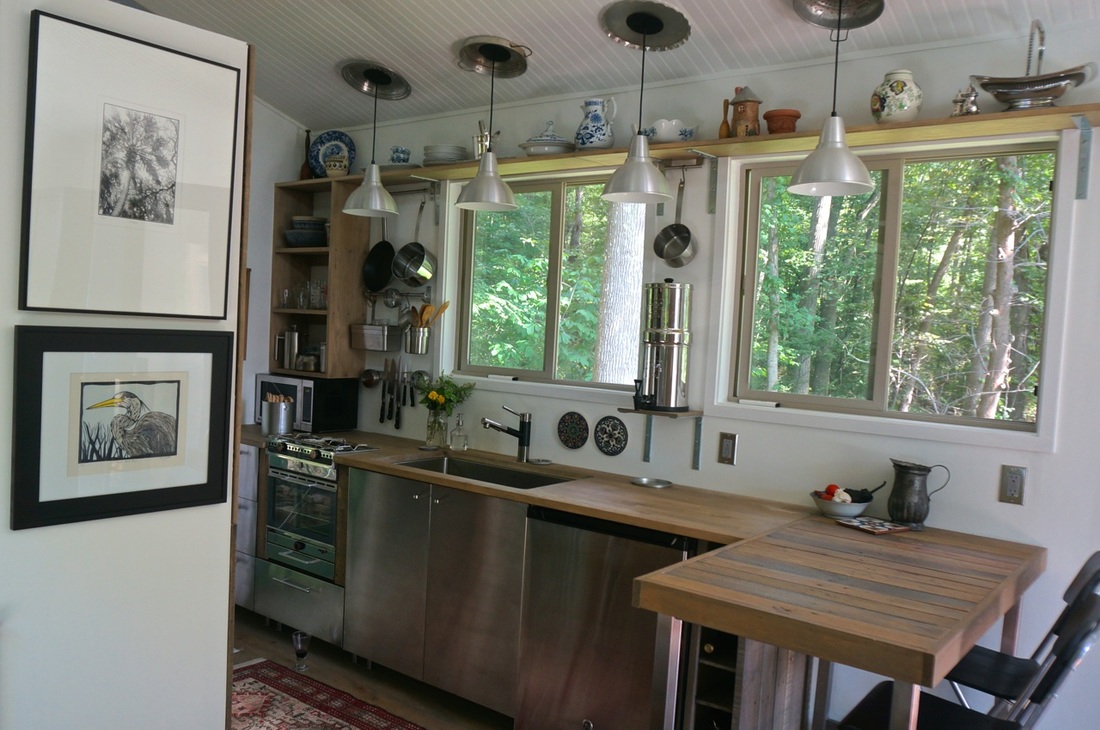
Some kitchen specs:
Our butcher block counter top runs 9 feet, but feels as though it extends another two feet because our counter-height table sits at the end. If we need even more counter space, we have inserts that fit over the sink. We cut the counter to build in our oven/stove, and we can lift out the section behind the stove to store pans, racks and the sink inserts when not in use. The counter is IKEA's birch Hammarp, sanded down so that we could stain it to match our other wood.
The sink is a whopping 32" undermount model from Kraus. We don't have a bathtub, so we wanted a sink big enough to wash out anything that needs cleaning. It's also big enough that we can leave our dish drainer in the sink and still wash dishes beside it. We put in one or both butcher block inserts if we need more counter space and less sink. The faucet is a pull-out, single-lever model from Kraus. Hot water is courtesy of our Bosch mini-tank. More on that here.
The stove/oven is an alcohol-burning Origo 6000 from Dometic. Find more on the stove here.
Our refrigerator is a 5.6-cubic-foot Energy Star GE model. It was hard to find an affordable fridge of this size made to fit under a counter. There's only a tiny freezer, but we have access to a full-size freezer in our friend's house just a short walk away. (One example of many compromises weighed to make the most of our compact space.)
As far as storage goes, our pantry is the workhorse. Six sliding shelves hold everything from dishes to food to cleaning supplies. The top, fixed shelf has room for the toaster, food processor, big pot, colander, water bottles and more. We also built shelves that fit over the microwave and across the top of the window. The long, high shelf is great for extra china and decorative pieces that wouldn't fit in the tiny house otherwise. An IKEA magnetic bar holds our knives and a couple Grundtal racks hold spices, wooden spoons, pots and more.
Our base cabinets come from (where else?) IKEA. We had plans to build our own cabinets and drew initial sketches. We went to IKEA to get ideas and came home, instead, with cabinets. We realized they were the perfect size, design and price point--so why reinvent the wheel? We spent extra to go stainless on the doors and drawers, but it was a splurge we both wanted.
The wine rack was a leftover-pallet-wood inspiration because we wanted a finished side on the refrigerator that made use of the six inches left at the end of the cabinets and fridge. Beside the wine rack, our counter-height table features a DIY pallet-wood top with a steel IKEA table base. It's the same dimensions a second table we made, so we can fit them together if we ever want to host a big feast. The folding chairs are also IKEA.
Four pendant lights keep things bright with LED bulbs. To cover the holes in the ceiling, we came up with the idea of using old kitchen tins sourced at an annual flea market that raises money for the hospital. (The fish mold on the wall came from the same sale.) At this point, you've probably already guessed that the lights came from IKEA.
We like our modern conveniences here, so a pint-sized LG microwave sits atop the counter. It's big enough to fit a dinner plate, but small enough to be energy efficient.
We don't have to but we choose to filter our drinking and cooking water. That's where our beautiful Berkey comes in. In the tiny house, we have the "Travel" model; in the screen house, we use the "Royal" model so we have enough water to wash dishes in our makeshift sink. Here in the house, we installed a shelf so that the Berkey didn't have to take up counter space. The spot beneath it makes a great home for our compost bucket.
That's all I can think of for now....Please ask questions about anything I've left out.
Please click on the pictures below for more details.
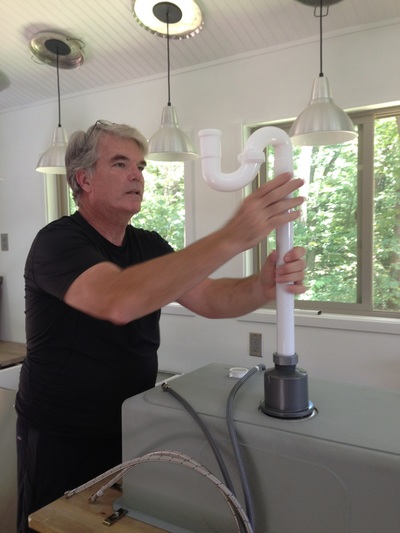
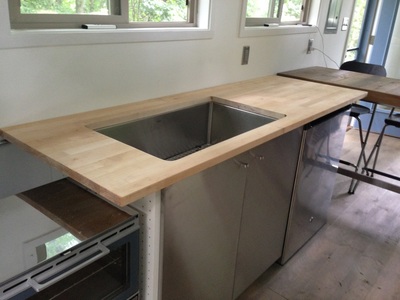
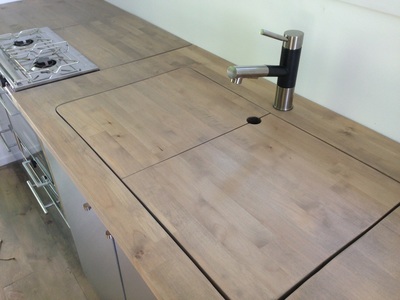
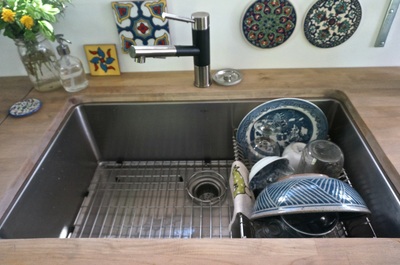
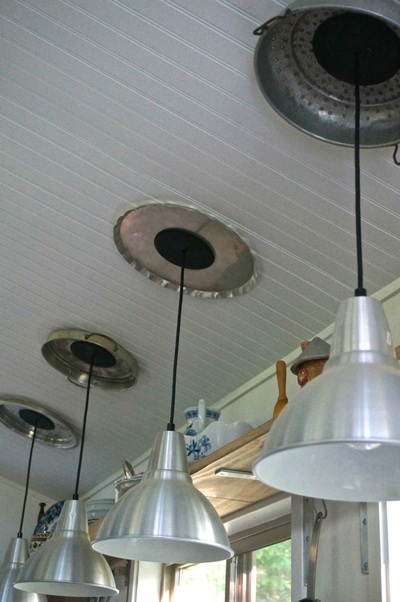
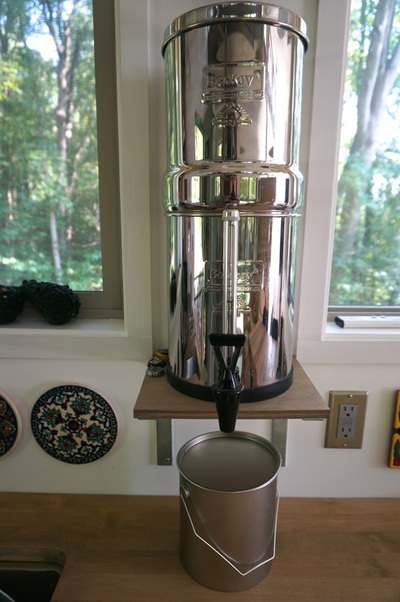
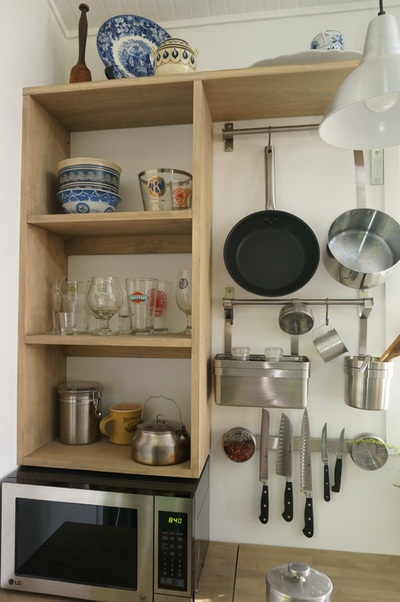
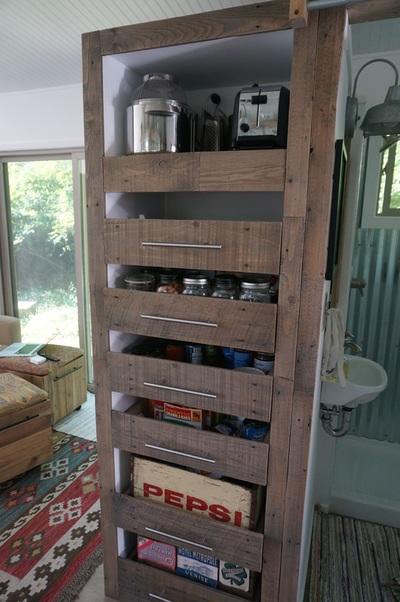
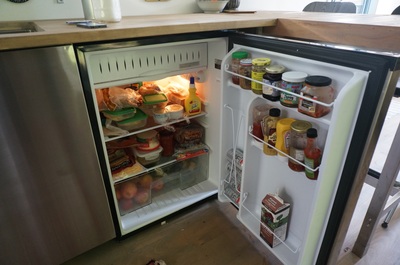
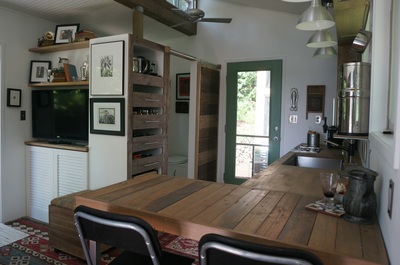
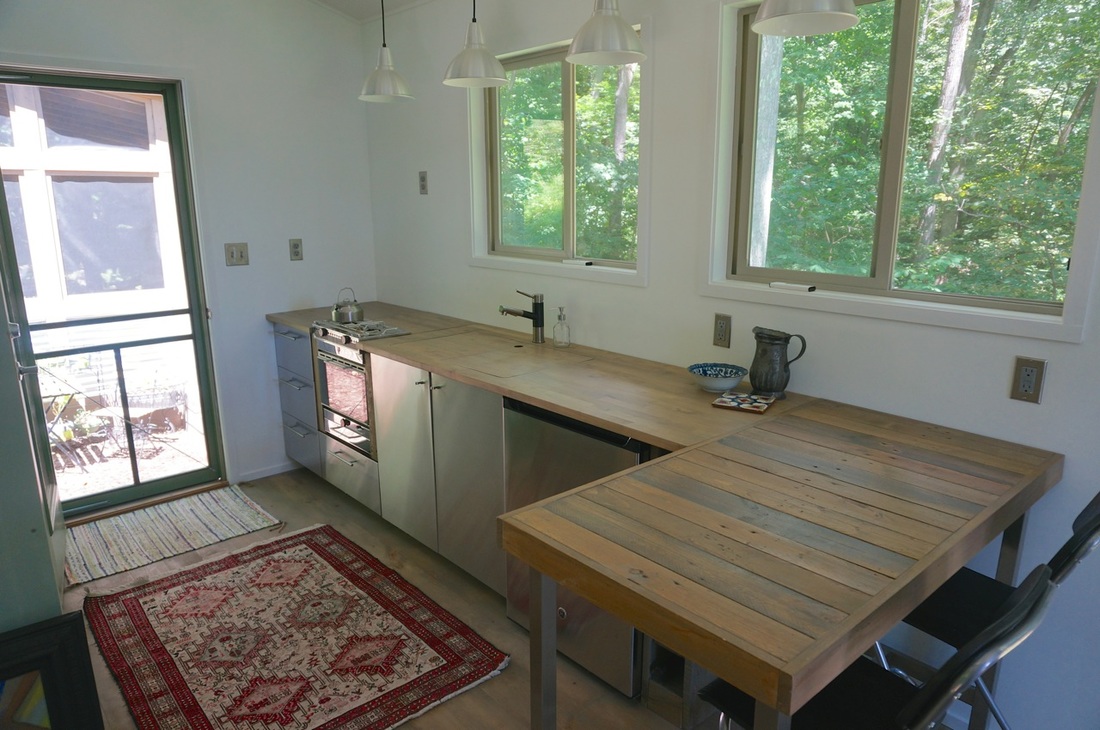
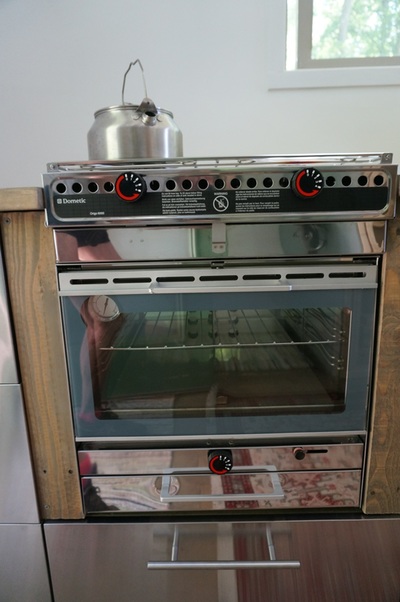
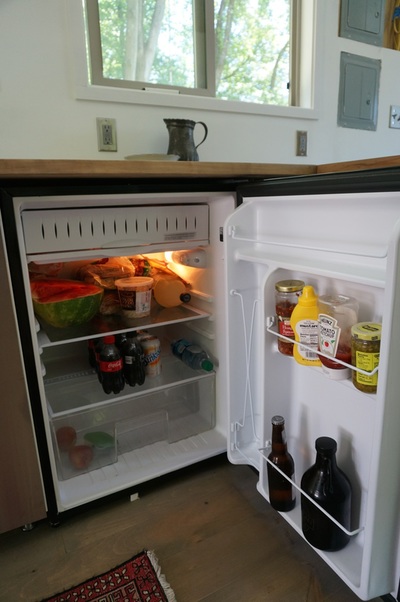
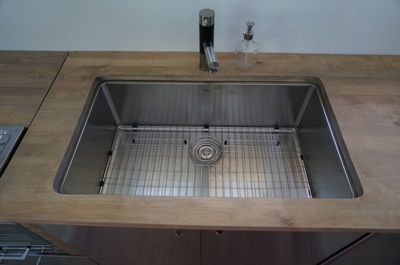
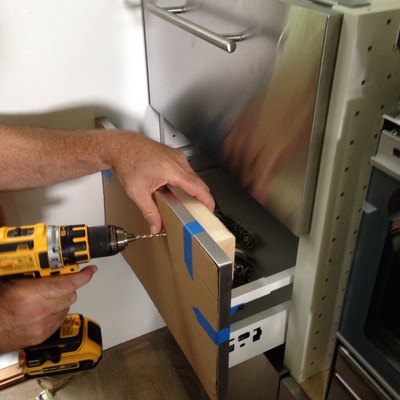
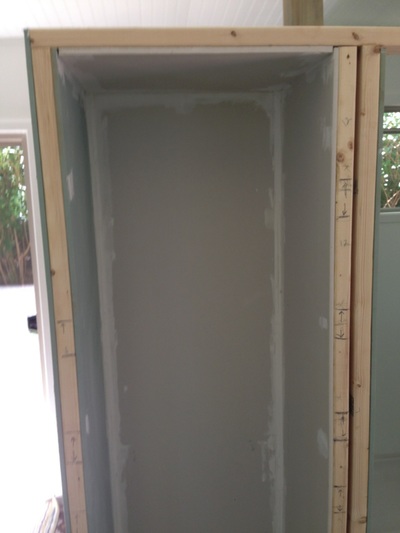
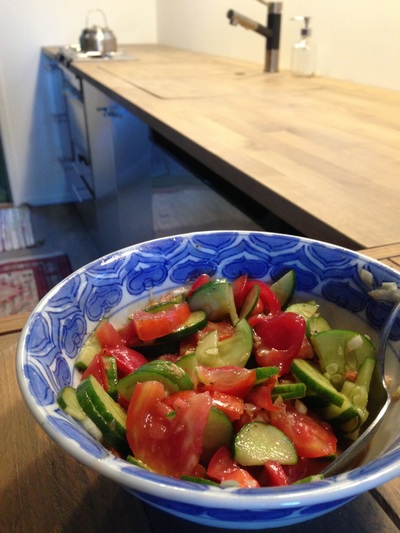
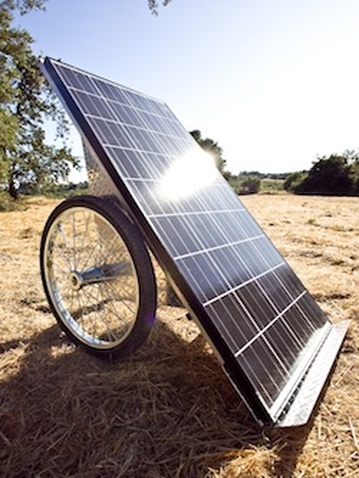
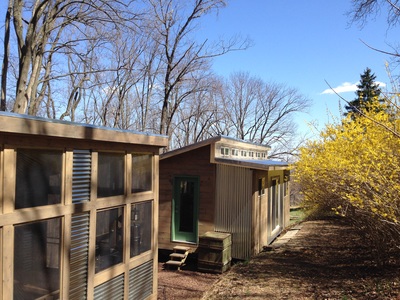
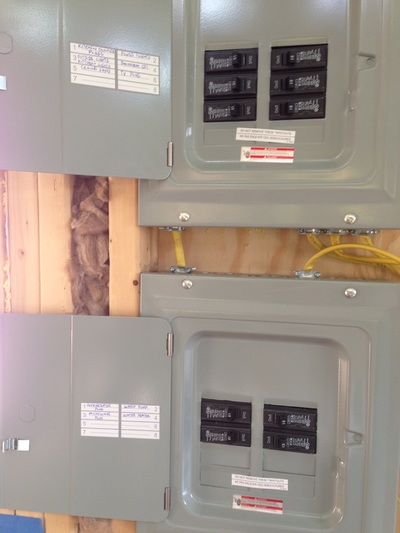
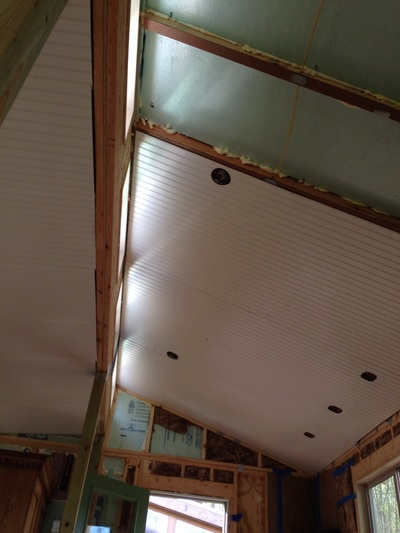
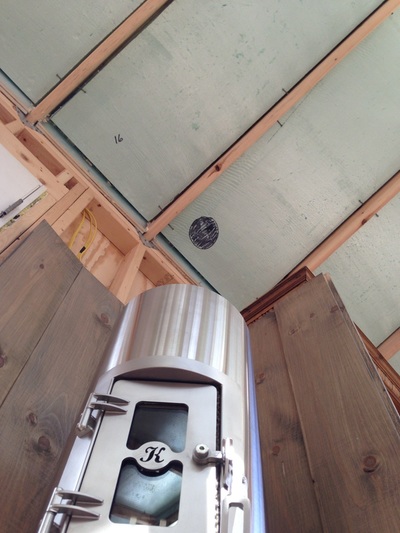
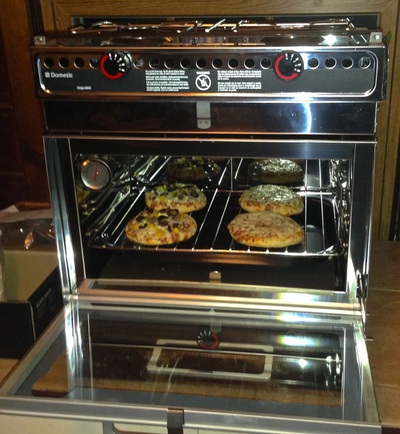
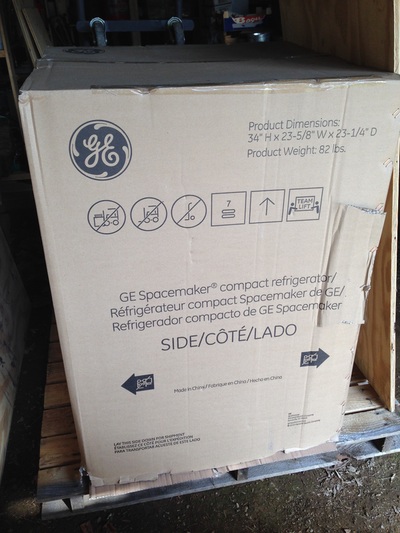
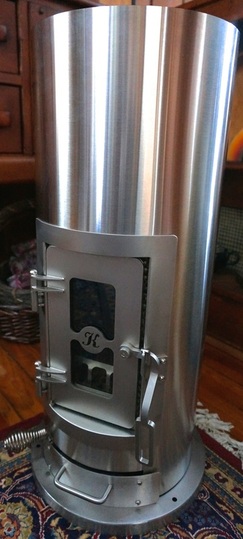
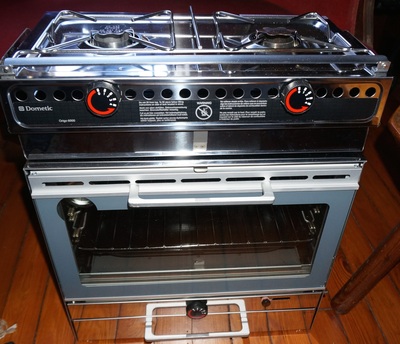

 RSS Feed
RSS Feed
